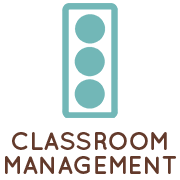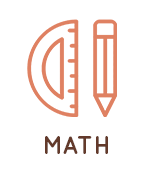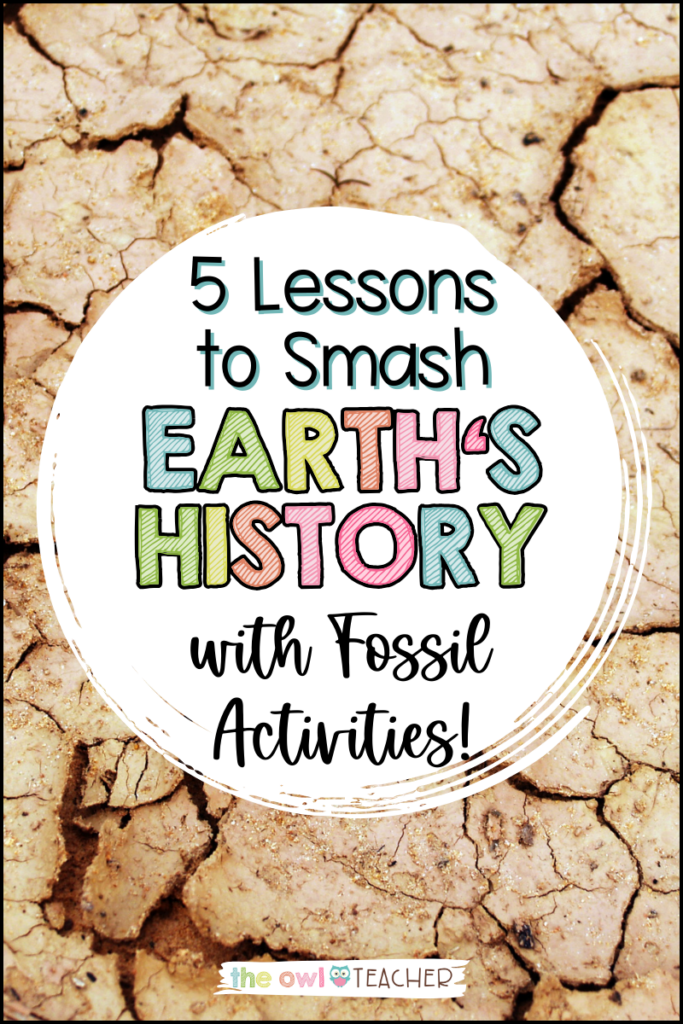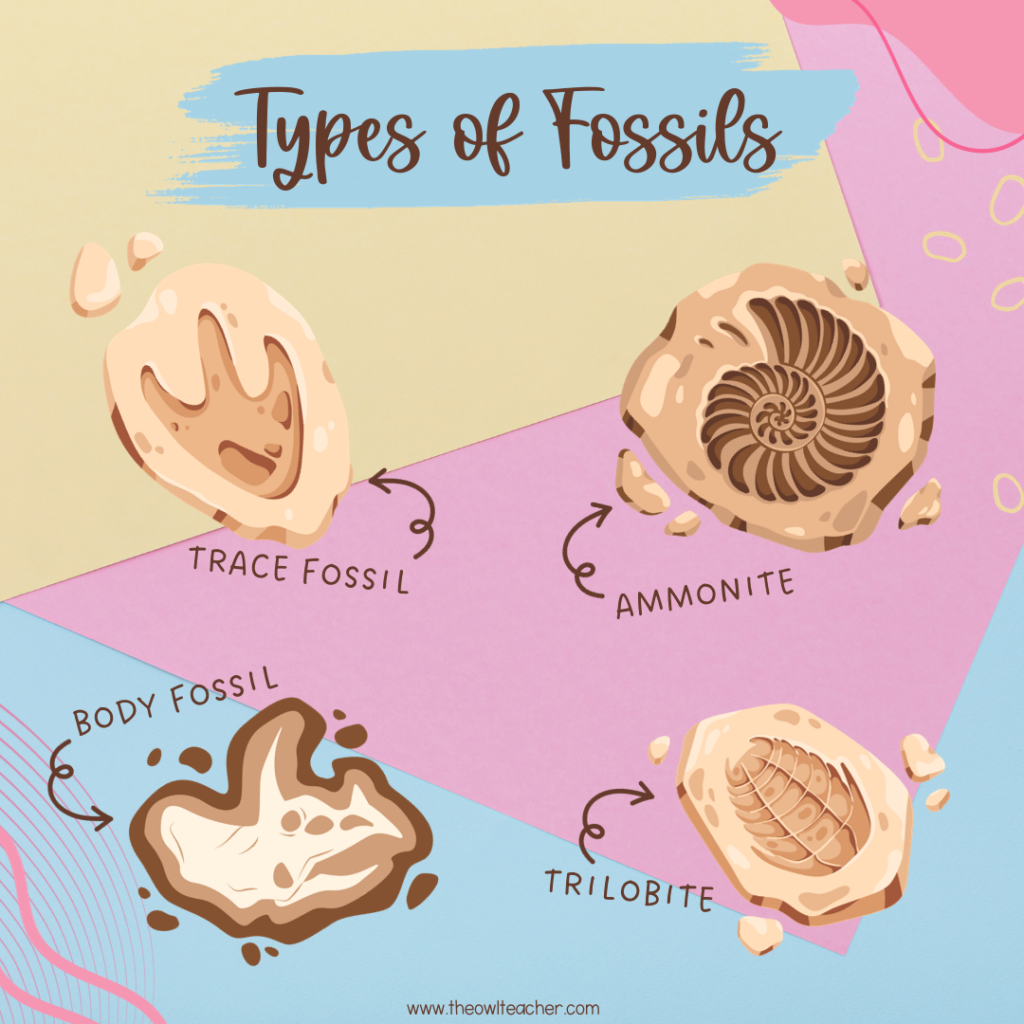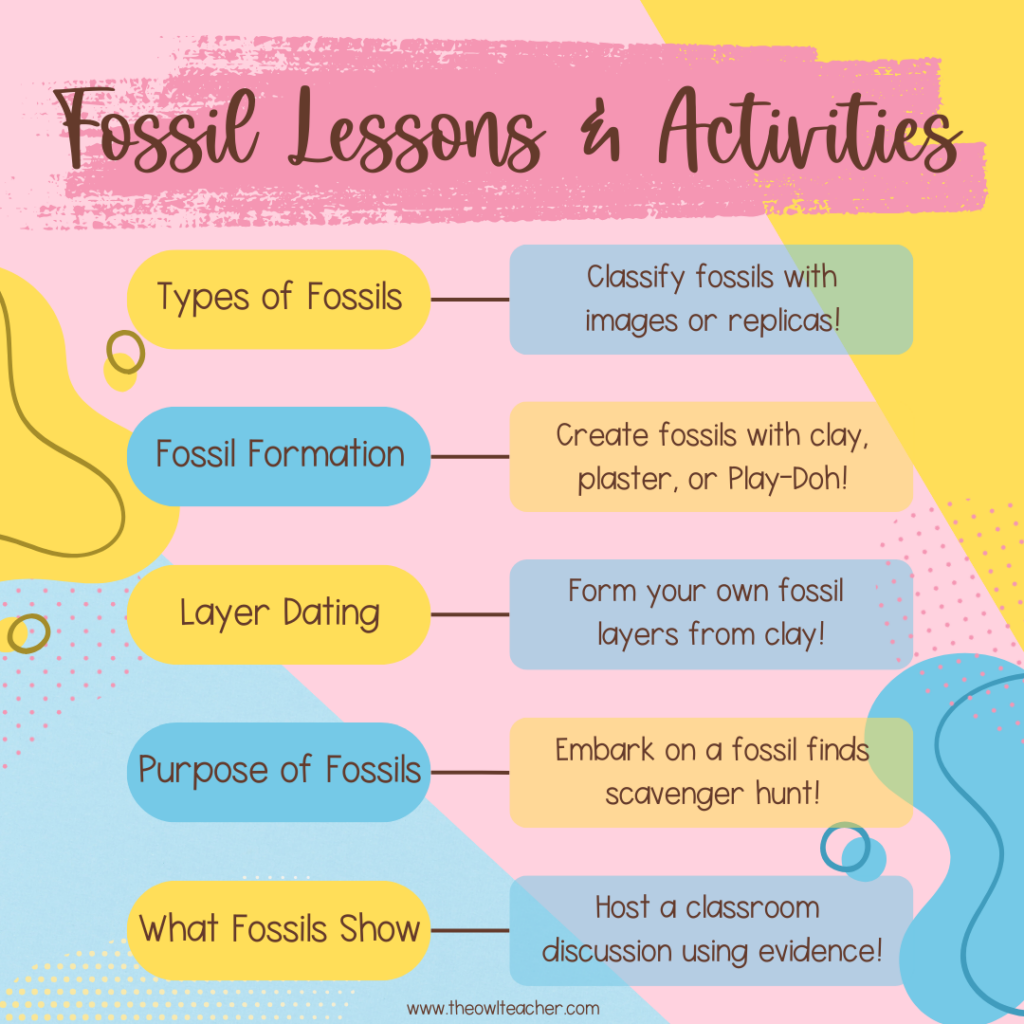If you could bring your kiddos (safely) back in time to any period of Earth’s history, where would you go? Imagine the enthusiasm for learning they’d have! Your classroom engagement would be off the charts! It’s a wonderful thought, isn’t it?
Well, what if I told you that you can bring them back in time?
I come bearing the solution: not a time machine, but rather fossil activities! It’s no secret that kiddos love exploring fossils and making discoveries about the Earth’s past. I guarantee that if you take a stroll through the nearest toy aisle at any store, you’ll find more than a few children’s toys recreating the excitement of paleontology and the penultimate dinosaur fossils.
Ultimately, paleontology is such an important way to teach upper elementary students about evidence of organisms from long ago. In addition, studying fossils and engaging with fossil activities provides us with a window to the ancient world, offering insights into the diverse life forms and environments that have graced our planet over the past millions of years.
Of course, we know how exciting learning can be, but students can sometimes be skeptical. Thankfully, I have just what you’re looking for to convince them that this kind of learning is worth it. Get your students learning about Earth’s illustrious history through paleontology and these fossil activities!
Fossil Activities and Lessons
1. Types of Fossils
Paleontology isn’t always as cut and dry as finding a dinosaur bone and shipping it off to the nearest museum. There are a variety of different types of fossils that paleontologists study, as your kiddos are about to find out with these fossil activities!
There are primarily two types of fossils: body fossils and trace fossils. Both of these types play a significant role in piecing together the puzzle of the Earth’s history. At first glance, it’s natural for kiddos to be more excited about body fossils—after all, body fossils are left-behind remains of ancient organisms! They’re super cool! However, trace fossils are just as neat, as your students will surely come to find.
In order to help your students explore these two ideas, one of my favorite fossil activities is to classify types of fossils! Have your students bring in pictures or even replicas of body and trace fossils and categorize them as such. Bonus points if you, the teacher, have your own examples available to share with students!
As students explore the fossil types, encourage them to discuss the differences, either through think-pair-share or as a whole class. Pose questions that incite further exploration, such as “What can we learn from one fossil type that we cannot learn from the other?” or “Do you think museums prefer body or trace fossils?” These questions don’t necessarily have or need correct answers; so long as your students are making those real-world connections about the significance of both kinds of fossils, then you’re off to a great start.
2. Fossil Formation
To fully understand the relevance of fossils, however, your kiddos will need to understand how exactly fossils are formed in the first place. To begin with, fossil formation starts when an organism dies and becomes rapidly covered with sediment. That part is important, and even offers a chance to get your classroom thinking—why is it important that the organism must be covered up quickly? If the organism isn’t covered up, will a fossil still be created? Why not?
Once the organism is buried naturally, the sediment hardens over time. The preserved remains or traces of the organism are left behind as fossils for a lucky paleontologist to discover! … Or maybe for your students to discover, if you’re into the next of our fossil activities!
To cover fossil formation, allow students to create their own “fossils” using clay, plaster, or even Play-Doh; whichever is easiest for you to dole out to your kiddos. Then, demonstrate for students what happens when you press objects such as leaves or small toys (like tiny plastic dinosaurs) into the clay. This simulates the fossilization process and encourages student-led exploration of the concept. Besides, who doesn’t love creating their own little relics of history?
3. Layer Dating and Earth’s History
Fossils are excellent discoveries in and of themselves, but it’s just as important to discover where a fossil is in order to glean as much information as possible from the discovery. Paleontologists do this through layer dating, and your kiddos will do this through the next of our fossil activities!
By examining the layers of rock where fossils are found, scientists can determine the relative ages of fossils. The deeper the layer, the older the fossils within it. Layer dating, though insightful, is generally used to estimate a general age of fossils rather than the absolute age—this is an important distinction to make, and opens up the discussion to further inquiry, such as “Why do Earth layers give us general ages rather than specific ones?”
Once your classroom has been introduced to the subject, introduce a fossil activity that’s all about layer dating. Once again, you’ll dole out modeling clay or Play-Doh in different colors to your kiddos and have them place small objects (again the tiny dinosaurs come in clutch!) in each layer to represent fossils. For an extra step, have students record which fossils they buried in what order. Then, swap their layer creations with a partner and have them guess which “fossils” are oldest and which are youngest!
Encourage class discussion on how deeper layers contain older fossils, and then move on to deeper critical-thinking questions, like “are fossils in the same layer always going to be the same age?” or “can a fossil be in a deeper layer and be younger than a fossil in a higher layer?” Watch their gears turn as they sharpen those critical thinking skills!
4. Purpose of Fossils
With so much ado about fossils, what exactly is their purpose, besides just being neat to look at? Well, fossils serve as a tangible historical record of life on Earth. They help scientists and your classroom alike learn about extinct species, their behaviors, and their interactions with their environments. Paleontology shows us the Earth’s history and early organisms, and can even give us clues on where life on Earth may be headed next!
After sharing and brainstorming the purpose of fossils, organize a scavenger hunt where students search for pictures or models of fossils hidden around the classroom, each accompanied by a fact about the fossil’s significance. For added critical thinking, have students group up after finding their fossils and work together to come up with as many ways as possible for how each specific fossil could help scientists learn.
5. What Fossils Show
Fossils reveal a wealth of information about ancient organisms and their environments, showcasing to your science students the diversity of life forms that have existed on Earth as well as offering clues about the Earth’s changing climates and landscapes. This is partially why dialogue around the fossil activities are so important—there is so much information to glean about Earth’s history and the implications of fossils.
Class discussions are a vital factor in learning about fossils. In that vein, hold a class discussion where students share their thoughts on what fossils reveal about ancient life as well as ancient environments based on the fossils they’ve studied. Encourage your students to use the evidence they’ve uncovered throughout their previous fossil activities as a basis for their thoughts!
Regardless of which of these fossil activities you choose to explore in your classroom, paleontology and the study of fossils are key for your upper elementary students to learn all about Earth’s varied history. It’s vital to ignite students’ curiosity, especially when it comes to dinosaurs, rocks, fossils, and all things paleontology! Spark your kiddos’ interests in Earth’s history by exploring these topic-specific fossil activities in your science classroom.
There are a plethora of more options out there, too—for instance, the National Park Service offers a wealth of fossil activities that are rated for just about every grade level, regardless of what you’re looking for. There’s tons of flexibility!
Once you’ve covered fossils to your heart’s content (or your students’), make sure to check for understanding, such as with these Fossil Science Writing Prompts. However, if you’re still looking for a bit more on the lesson side of things, no worries: I have a blog post about nailing the NGSS with fossil lessons! If your students are all set on fossils, then they’re ready to move on to nonrenewable resources and their ever-important role in our daily lives.
Ultimately, there’s no need to dredge up the funds to transport your kiddos to a huge historical science museum in order to study fossils. It would be amazing for sure, but no one has that kind of money laying around! Instead, you can bring the science to your classroom with these (budget-friendly!) fossil activities for your upper elementary students.
The learning doesn’t have to stop with fossils, either; sign up for my weekly email newsletter and you’ll be privy to plenty of in-depth, engaging science and math activities and lessons! Be sure to check it out on my home page!


